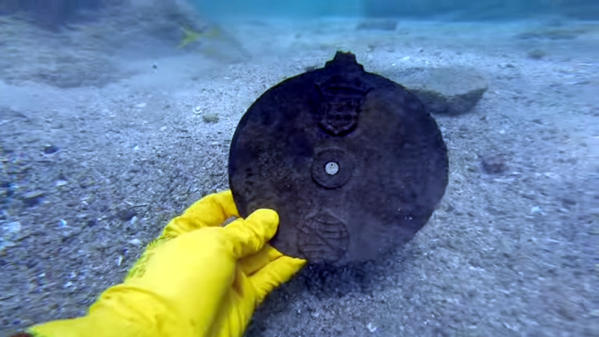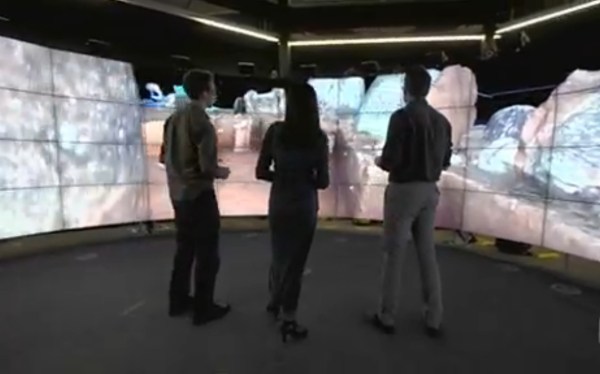We might not think of analog computers as having existed in the 1500s, but in fact the astrolabe first appeared around 220 BC. However, as you might expect only a few very old ones still exist. Early astrolabes were often wooden and were difficult to use aboard ships, however brass astrolabes with special features were more accurate on the deck of a ship underway. A recent archeological find from one of Vasco da Gama’s ships that sunk in the Arabian Sea has brought the number of known archeologically-significant instruments to 104, and also is one of the few nautical versions to employ a solid disk. As of now, it is the oldest known maritime astrolabe found so far — the ship sunk in 1503. You might wonder how the 104th astrolabe became number 108, but the catalog includes a few pieces or fragments of astrolabes. If you count those, there are 108 items in the catalog.
If you think archeology is about men in fedoras carrying whips, or stuffy old men wandering around tombs, you should have a look at the article about this find. In addition to divers recovering the piece from the shipwreck (see the video, below), the science involved in restoring it and analyzing it includes chemistry, lasers, X-rays, and energy-dispersive spectroscopy.
Continue reading “Maritime Analog Computer From 1503 Is The Oldest Remaining”














